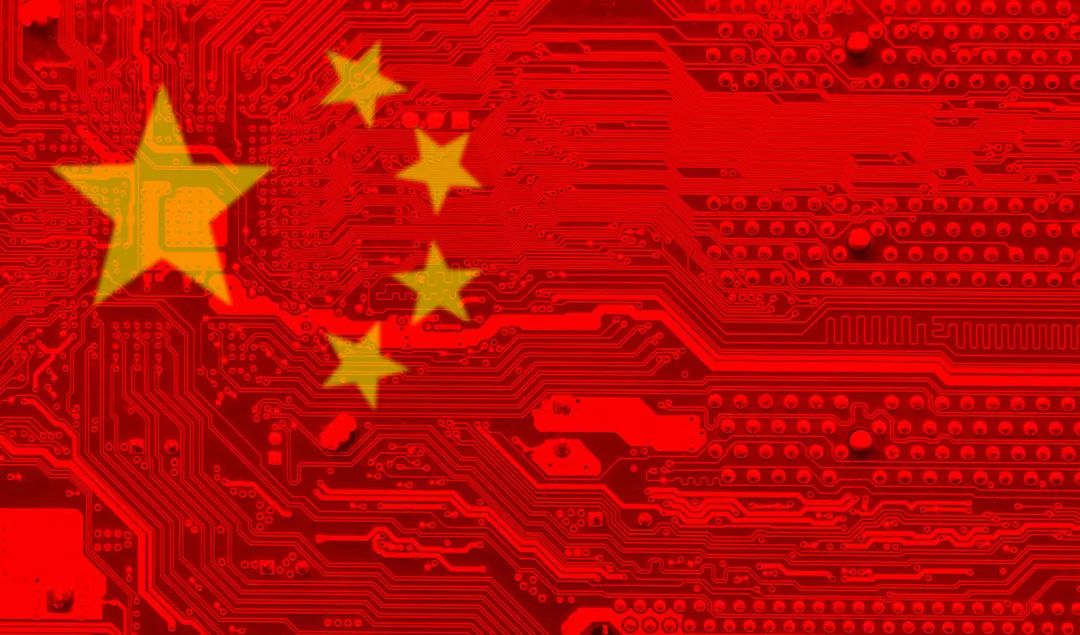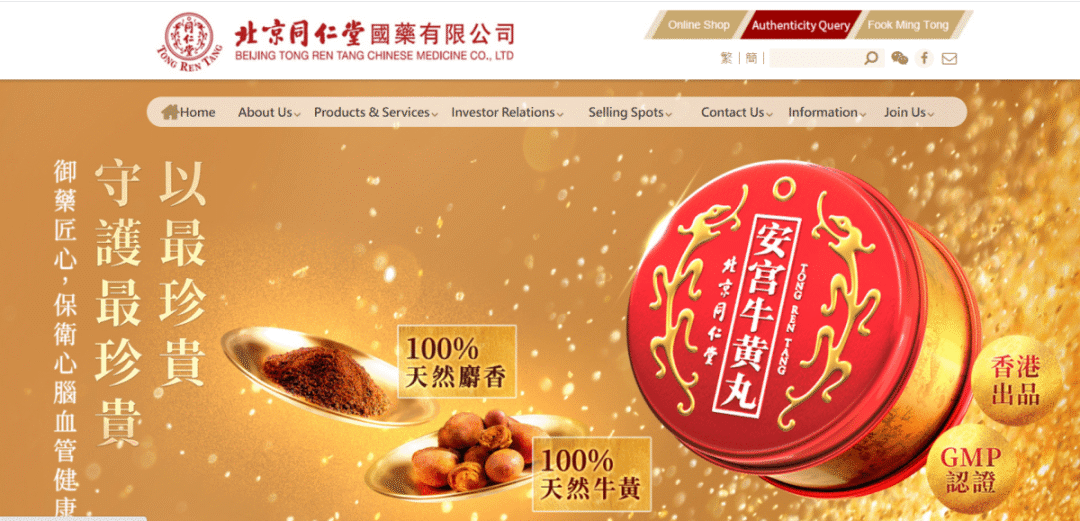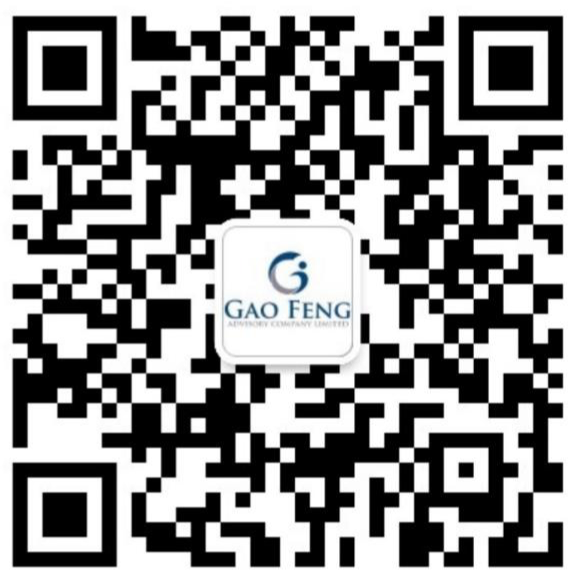Asia Times | China Firms Packing More AI Into their Biz Models

By Andrew Salmon
2022-07-15
On July 15, Gao Feng Advisory's CEO Dr. Edward Tse was quoted by Asia Times on how businesses leverage technology to build their business models.
Chinese firms are using technology to innovate business models that transcend prior paradigms while setting global standards in key areas of the new economy, an expert claimed on July 14 at a conference in Seoul.
Yet China has no choice but to embrace innovation, another expert emphasized, as the world’s most populous nation faces up to the burden of a rapidly aging population.
The experts were speaking at the two-day Asian Leadership Conference, which bought together leaders and professionals from across the globe in areas including geopolitics, geoeconomics, commerce and technology.
Edward Tse, who heads Gao Feng Advisory Co, which consults on issues related to China’s rise and role in the world, spoke about Chinese tech firms’ standard-setting presence in key areas of the so-called 4th Industrial Revolution, which conceptualizes rapid change to technology, industry and society due to increasing interconnectivity and automation.
Tse also detailed how three firms in three different sectors – online content, fast fashion and traditional Chinese medicine – have innovated their businesses.
Li Wei, the director of the China Economy and Sustainable Development Center at the Cheung Kong Graduate School of Business, discussed automation and robotics, and pointed out how China’s problematic demographic trajectory demands intensive use of such technologies.
China is “very much on the cutting edge of these experiments on how to apply technology to business strategy and how to inform the business model,” Tse said. These experiments rest on a foundation of human capital that is both vast in scale and tech-savvy by nature.
According to data Tse presented, as of the end 2021, China boasted 1.04 billion internet and mobile internet users. 90.6% of Chinese third-party payments were conducted via Alipay and WeChat Pay as of July 2022 and 261 million people had used the wallet for China’s nascent digital currency as of January 2022.
“China’s digital economy has become massive,” he said. This is forcing firms to strategize on “how they can take advantage of these consumer patterns and improve their business models to offer better value propositions.”
The tools used are disruptive technologies including Artificial Intelligence, or AI, fifth-generation mobile, or 5G, big data, blockchain and digital payment platforms. In these and related sectors, China is shifting from follower to leader, the two experts claimed.
“For a long time, China was a follower of the standards set by others, and was very good at taking those standards and applying them to platforms,” Tse said. “Now, China is becoming a setter of standards for others to follow.”
When it comes to 5G tech protocols, national tech flagship Huawei “has developed a significant number of 5G standards which have become the basis for other 5G players to develop their technologies upon,” he said.
China is also leading the electric vehicle, or EV, sector. “It is not just about electricity, but about connectivity and intelligence and ultimately, autonomous driving,” Tse said. “China is creating a new lane…defining the industry standards.”
Then there are digital currencies. Chinese developments in this area “will have a profound impact, not only within China but also outside it” – including in the areas of digital supply chains.
But Tse says he is most interested in China’s fast-innovating business models.

Big data + AI = value creation
Tse put forward four key principles used by companies to innovate their business models via big data and AI: ubiquity, segmentation, interactivity and community.
Ubiquity comes from “accumulating a large database of loyal users,” Tse said. In China, “large” means at least 10 million, but the most successful are 100 million or more. “This is fundamental,” he insisted.
Once that is accumulated, segmentation is achieved by using AI to dissect big data, a process that can “target users on a one-to-one basis….intimately – even personally.” Interactivity is achieved through frequent touch points and active engagement with each user.
From there, communities can be developed. “They can identify people with common interests – swimming or studying books or young parents and so on,” Tse explained.
Another principle these companies use is in direct contravention of conventional commercial wisdom.
“The classic business teaching of strategy was core competency – focus on that and not move or diversify, and that drives many companies thinking in the West today,” Tse said. “But Chinese companies have inevitably gone through a series of jumps from one area to another as they see opportunities arise…they jump from the original business even if they don’t have the capabilities to operate in the new environment. But they move fast.”
He offered as examples three Chinese firms that have incorporated these principles.
Game changers
ByteDance is sometimes called “the world’s biggest unicorn” and is best known as the parent company of TikTok. The latter was the world’s most visited website last year, Tse noted, adding that other firms – including some in Silicon Valley – are trying to copy it “but not very successfully.”
ByteDance started in 2012 with Toutiao, a news-delivery app, then “jumped” into Duoyin, a music-delivery app in 2016, before kicking off TikTok in 2018.
Everything ByteDance does is AI-driven. It continues to enhance its AI algorithim technologies with the massive amounts of data it receives from its huge user base.
It was one of the first firms not to rely on the user inputting data to the app: “It installed an AI-powered engine that can actually pick up your preferences implicitly through the way you use the app,” Tse said. “It’s pretty scary, but that is the way it works – this is information looking for people, not people looking for information.”
Users are guided through tailored preferences (“segmentation”) live streams with tipping and gifting features (”interactivity”), and online events backed up with offline communities (“community”).
The success of this approach is apparent in a massive user base – over 1 billion users per month (“ubiquity”) – and stickiness. “The app seems to know automatically what users want,” Tse said. “Through this, they can monetize this incredible amount of data through increased time on platform to work with advertisers on the app.”

SHEIN is an entirely different business – an online fast fashion house that, unlike competitors Zara, Uniqlo and H&M, is entirely online. It has a market valuation of US$100 billion and enjoyed $16 billion in revenues in 2021, according to data Tse presented.
The Guangzhou-based firm jumped from brick and mortar to exclusively online. Its value proposition is shortening the time-to-market of fast fashion from a month to around two weeks.
On its frontline – online – it uses the four principles. At the back end, namely manufacturing, it has established a C2M (“consumer to manufacturer”) cluster in Guangzhou, built around 300-400 core suppliers served by an exclusive distribution net.
AI and automation algorithms have enabled super-efficient supply chain management, enabling low pricing.
The firm has realized interactivity via social platforms and channels; ubiquity via its huge number of downloads (177 million in 2021); segmentation by offering fashion products based on customers’ personal profiles; and community via digital channels that build fashion communities.
Tse’s third case study was Tong Ren Tang Health – an unlikely candidate for high-tech transformation. One of the oldest companies in China, it has 353 years of history as a brand: It originally delivered Chinese traditional medicine nationwide via a brick-and-mortar network.
It has made multiple jumps since. The first jump was two decades ago when it added packaged consumer health products to traditional treatments. Five years ago, it became a “big health” player as an OMO (“offline merged with online”) company.
The digital platform it adopted, “leverages consumers’ profiles to build customized procedures,” Tse said. “Like ByteDance and SHEIN, they take data from customer interactions and develop customer-specific products.”
In terms of ubiquity, Tong Ren Tang now boasts half a billion users, served offline, through over 200 stores.
The systems engineered by all three firms “are pretty complicated and extremely confidential,” Tse said. Success is dependent on the skills of their data scientists and software engineers.
The ability to successfully tailor products and services, and apply that same knowledge to back-end manufacturing, sourcing and distribution, is the “closed loop that allows companies to be successful,” Tse said.
“With digital and AI and big data, a lot of things are done very automatically, driven largely by the sophistication of the algorithm,” he said. “That is the unique competitive advantage.”

China’s approaching demographic crisis
AI and big data are labor-saving technologies – and such technologies have always been feared, Li Wei observed in a separate presentation to Tse.
In a series of slides, Wei showed a pamphlet from 1812 encouraging laborers to destroy machinery; a 1935 article about a mechanical computer which alleged that “thinking machines replaces the thinker;” a Detroit headline from 1980 warning, “A robot is after your job;” and a 2016 US report on robots replacing assembly line workers.
Though machines can, indeed, replace humans when it comes to tasks but they are not replacing per se jobs: The only job to be eliminated in recent US history is the elevator operator, Wei claimed.
Yet tech fear persists. “Almost everyone is worried about jobs being stolen by robots, and AI is much more advanced than mechanical devices,” he said.
But robotization and automation have not ended employment, though how much impact these factors have had “depends on who you ask,” Wei said.
He showed a slide of estimates of the percentage of job losses as part of the overall labor force globally. While Oxford and PWC studies put these numbers at 40% and higher, four other studies by groups including the OECD and McKinsey put them at less than 10%.
In addition to the challenge to labor presented by automation, a formerly male-centric global workforce has now been hugely expanded by the incorporation of women.
“Almost half the human race is integrated into the labor force, en masse,” Wei said – but despite this, “In general, wages are rising.”
Countries with falling demographics and rising numbers of elderly are going to need all the assistance they can get from productivity increases driven by new technologies.
Especially China. The country experienced a baby boom in the 1950s and ‘60s, but, recognizing the problem of a vast increase in population, introduced family planning in the 1970s and instituted the “one child” policy from 1980-2014. Beijing reversed course with the “two-child policy” from 2016 and now encourages families to have three children.
These shifting policies led to “a large number of young people in the 1990s and 2000s” Wei said. But today, “kids are becoming very expensive to rear, so the forecast is a declining population.”
Wei’s data showed that, in comparison with the median ages of major nations, the average Chinese will by 2040 be older than the average American, European and Indian – surpassed in age only by the Japanese, who are silvering at a precipitous rate.
“This is going to put a lot of stress on society moving forward,” Wei warned.
For those Chinese worried about their future job prospects, he advised moving into healthcare. “We need people to take care of old people,” he said. “Nursing will be a high demand category in the future.”
China’s approaching demographic crisis
AI and big data are labor-saving technologies – and such technologies have always been feared, Li Wei observed in a separate presentation to Tse.
In a series of slides, Wei showed a pamphlet from 1812 encouraging laborers to destroy machinery; a 1935 article about a mechanical computer which alleged that “thinking machines replaces the thinker;” a Detroit headline from 1980 warning, “A robot is after your job;” and a 2016 US report on robots replacing assembly line workers.
Though machines can, indeed, replace humans when it comes to tasks but they are not replacing per se jobs: The only job to be eliminated in recent US history is the elevator operator, Wei claimed.
Yet tech fear persists. “Almost everyone is worried about jobs being stolen by robots, and AI is much more advanced than mechanical devices,” he said.
But robotization and automation have not ended employment, though how much impact these factors have had “depends on who you ask,” Wei said.
He showed a slide of estimates of the percentage of job losses as part of the overall labor force globally. While Oxford and PWC studies put these numbers at 40% and higher, four other studies by groups including the OECD and McKinsey put them at less than 10%.
In addition to the challenge to labor presented by automation, a formerly male-centric global workforce has now been hugely expanded by the incorporation of women.
“Almost half the human race is integrated into the labor force, en masse,” Wei said – but despite this, “In general, wages are rising.”
Countries with falling demographics and rising numbers of elderly are going to need all the assistance they can get from productivity increases driven by new technologies.
Especially China. The country experienced a baby boom in the 1950s and ‘60s, but, recognizing the problem of a vast increase in population, introduced family planning in the 1970s and instituted the “one child” policy from 1980-2014. Beijing reversed course with the “two-child policy” from 2016 and now encourages families to have three children.
These shifting policies led to “a large number of young people in the 1990s and 2000s” Wei said. But today, “kids are becoming very expensive to rear, so the forecast is a declining population.”
Wei’s data showed that, in comparison with the median ages of major nations, the average Chinese will by 2040 be older than the average American, European and Indian – surpassed in age only by the Japanese, who are silvering at a precipitous rate.
“This is going to put a lot of stress on society moving forward,” Wei warned.
For those Chinese worried about their future job prospects, he advised moving into healthcare. “We need people to take care of old people,” he said. “Nursing will be a high demand category in the future.”


Gao Feng Advisory
Gao Feng Advisory Company is a professional strategy and management consulting firm with roots in China coupled with global vision, capabilities, and a broad resources network
Wechat Official Account:Gaofengadv
Shanghai Office
Tel: +86 021-63339611
Fax: +86 021-63267808
Hong Kong Office
Tel: +852 39598856
Fax: +852 25883499
Beijing Office
Tel: +86 010-84418422
Fax: +86 010-84418423
E-Mail: info@gaofengadv.com
Website: www.gaofengadv.com
Weibo: 高风咨询公司
